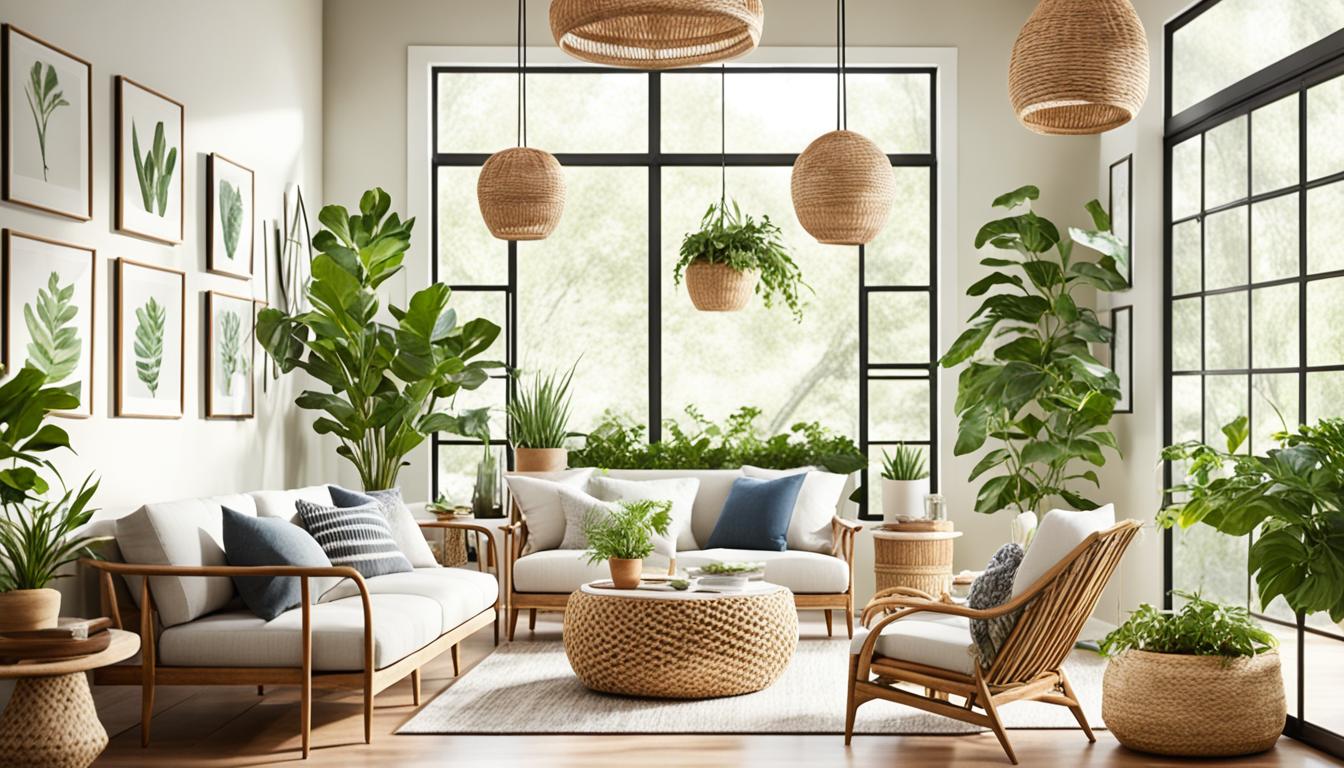Transform Your Home With Important Principles of Interior Decoration and Looks
The art of transforming your home through the vital concepts of interior decoration and looks calls for a thoughtful technique that integrates shade, balance, and spatial awareness. By understanding the influence of color concept and the relevance of texture and patterns, one can produce areas that are not just aesthetically attractive yet likewise deeply individual. Attaining this stability entails greater than mere design; it incorporates a calculated plan and an eager understanding of just how each element interacts within an area. As we discover these foundational ideas, think about exactly how they could redefine your understanding of home and individual expression.
Understanding Shade Concept
Understanding the concepts of color theory allows designers to produce areas that resonate emotionally with passengers while fulfilling functional needs. Each category plays a vital function in developing harmony within a room.
The psychological effect of shades is extensive; warm colors such as reds and oranges evoke energy and heat, while awesome tones like blues and greens promote peace and tranquility. In addition, the usage of complementary colors boosts aesthetic passion, creating striking contrasts that can raise a room's allure.
Neutral shades, on the other hand, work as a versatile backdrop, allowing various other layout components to beam. It is vital to consider elements such as lighting and the area's objective when selecting a shade combination, as these can modify the perception of shades throughout the day.
Eventually, a well-considered color plan can change a room, promoting a sense of convenience and design that lines up with the residents' choices. Proficiency of color concept is, as a result, an essential ability for any indoor designer intending to develop unified and inviting atmospheres.
Accomplishing Balance in Layout
Just how can developers attain a sense of equilibrium in their rooms? Achieving equilibrium in style is essential to developing unified insides. Designers can utilize three main kinds of equilibrium: in proportion, asymmetrical, and radial. In proportion balance includes setting up aspects uniformly around a main factor, promoting a feeling of order and peace. This type usually features pairs of furnishings or artwork, boosting visual stability.
Asymmetrical equilibrium, on the other hand, depends on differing aspects that still achieve a cohesive appearance. This technique permits even more vibrant and casual setups, providing rate of interest while preserving balance. By thoroughly selecting differing sizes, shades, and appearances, designers can create an aesthetically compelling space that feels balanced yet energetic.
Radial balance emphasizes a central focal factor with aspects radiating external. This design is commonly seen in circular formats, where furnishings and decoration create a natural border that attracts the eye inward.
Ultimately, attaining equilibrium needs thoughtful consideration of scale, percentage, and the relationships in between aspects. miami interior design. By skillfully using these balance principles, developers can transform rooms into environments that feel both aesthetically pleasing and functionally unified, boosting the overall experience for residents
Value of Spatial Understanding

A keen feeling of spatial understanding permits developers to recognize centerpieces within an area, guiding the viewer's attention to essential functions while preserving a general sense of unity. It likewise aids in the tactical placement of lighting, which can considerably affect the understanding of area and mood. Understanding spatial relationships makes it possible for the developer to cater to the particular needs of inhabitants, ensuring that each location serves its designated purpose without compromising aesthetics.
Inevitably, spatial recognition is vital for making best use of the possibility of any type of interior room. By very carefully considering the interplay in between dimensions, layout, and feature, designers can create settings that not only meet functional requirements however additionally stimulate a feeling of comfort and beauty, boosting the general living experience.
Integrating Structure and Patterns
Welcoming a diverse variety of textures and patterns can considerably enhance the aesthetic and responsive appeal of an interior space. The critical use of various products-- such as wood, metal, textile, and stone-- develops deepness and rate of interest, making a room feel extra inviting and vibrant. For example, incorporating smooth surface areas with harsh textures can develop an equilibrium that draws the eye and involves the detects.
When integrating patterns, think about both range and rep. Big patterns can act as centerpieces, while smaller sized, subtle styles can enhance other aspects without frustrating the room. Layering patterns, such as pairing flower cushions with redirected here candy striped throws, includes intricacy and a feeling of consistency if implemented thoughtfully.
It is likewise read essential to keep a cohesive shade combination, making sure that appearances and patterns function with each other as opposed to compete for focus. By choosing a couple of crucial appearances and patterns, you can create a linked visual that shows your personal style while enhancing the overall setting of the space. Eventually, the cautious unification of these aspects can transform a mundane room into an advanced atmosphere rich with personality and heat.
Individualizing Your Space
Creating a space that reflects your individuality is essential to attaining an absolutely inviting atmosphere. Customization in indoor style enables you to infuse your distinct style and passions right into your home, transforming it from a simple sanctuary right into a refuge that talks with that you are. Begin by choosing a color palette that reverberates with your feelings-- bold tones can energize, while soft tones supply peace.
Integrate artwork and decoration that mirror your interests, whether it be traveling, nature, or abstract concepts. Showing personal collections, such as books, pictures, or keepsakes, can stimulate valued memories and develop centerpieces within a room. Additionally, consider tailoring functional pieces, like upholstered furniture, to align with your aesthetic preferences.

Verdict
In conclusion, the transformation of a home via the necessary principles of interior decoration and looks necessitates a thorough understanding of color concept, equilibrium, spatial awareness, appearance, and customization. Each aspect contributes dramatically to creating a harmonious and useful living atmosphere - interior design firms. By attentively integrating these concepts, individuals can improve the aesthetic allure and psychological vibration of their page spaces, inevitably fostering a home that mirrors special identifications while offering convenience and functionality
 Alana "Honey Boo Boo" Thompson Then & Now!
Alana "Honey Boo Boo" Thompson Then & Now! Brian Bonsall Then & Now!
Brian Bonsall Then & Now! Seth Green Then & Now!
Seth Green Then & Now! Melissa Sue Anderson Then & Now!
Melissa Sue Anderson Then & Now! Rachael Leigh Cook Then & Now!
Rachael Leigh Cook Then & Now!